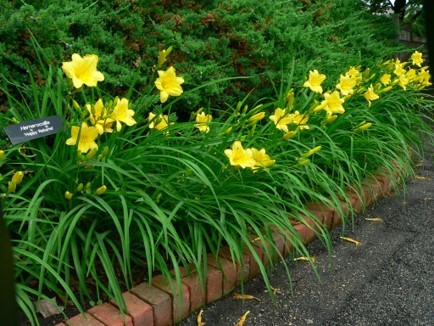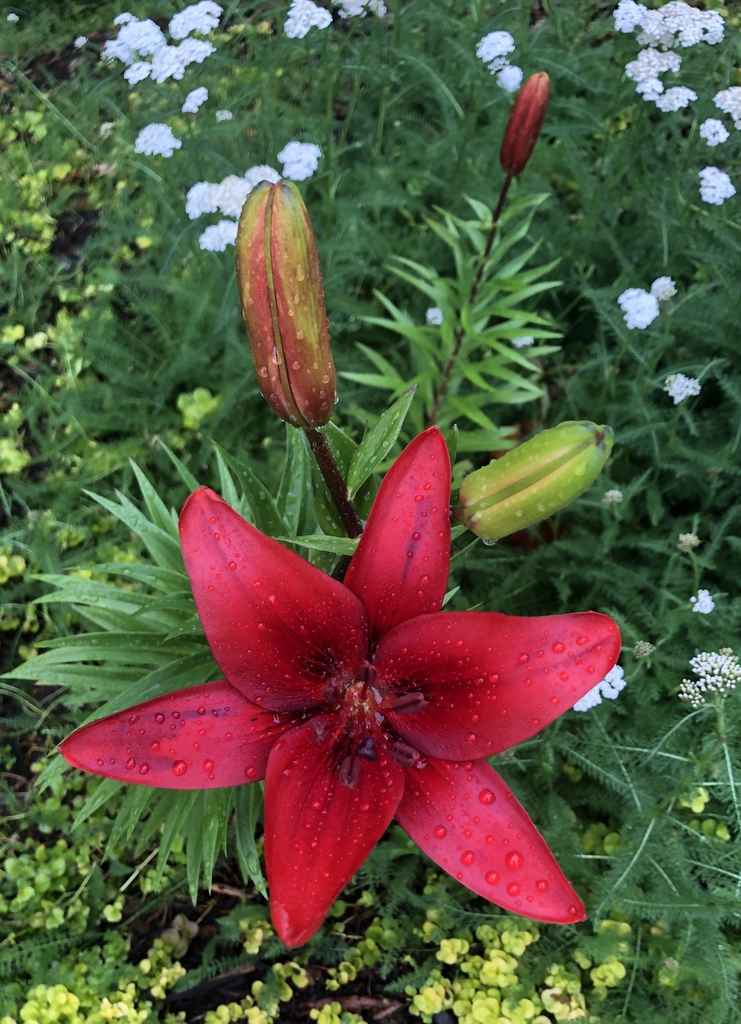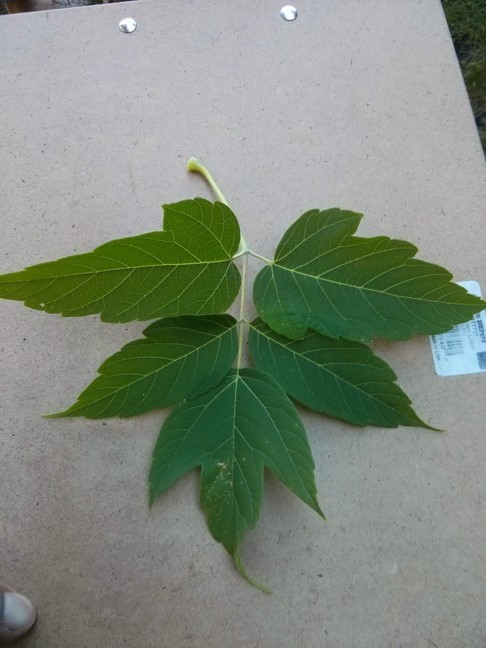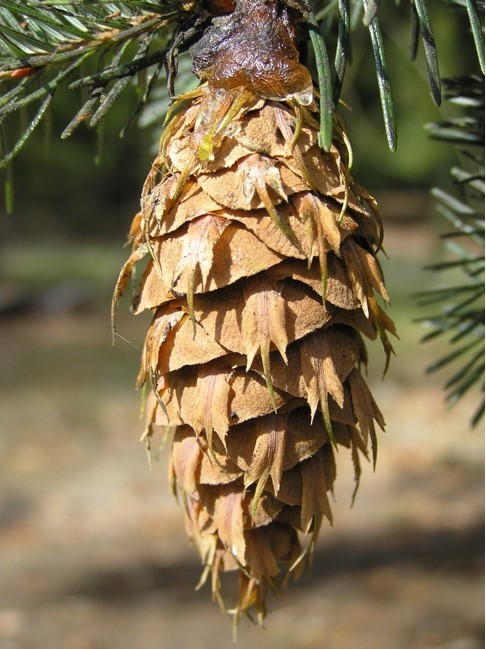Botanically Speaking
- 2023-07-02
- By mkirk
- Posted in Horticulture, The Garden Buzz
By Deena Lawrence, Colorado Master Gardener

Confusion abounds when we talk about plants. Botanical names are mostly in Latin, a language in which few of us are fluent. So logically we use common names to discuss plants. The problem is that some common names can be misleading.
A good example is flowers we call “lilies.” Plants commonly called daylilies are in the genus Hemerocallis. Calla lilies are Zantedeschia. Canna lilies are the genus Canna and Peruvian lilies are Alstroemeria. The only true lilies are the ones we recognize as oriental and Asiatic. These are in the genus Lilium. Asiatic lilies grow from bulbs, not tubers or rhizomes like the other “lilies” listed.
Knowing the botanical name of plants can help you do better research on how these plants grow and how they should be maintained. Canna, Zantedeschia and Alstromeria are annuals in Colorado. Oriental lilies and plants in the genus Hemerocallis are perennial.


The tree we call Boxelder is another example, as it is not an elder. Its botanical name is Acer negundo, and it is technically a maple. Its compound leaves look more like those of an ash than the maple leaf. However, its seeds are the winged samaras or “helicopters” we usually expect from a maple. The common name likely comes from its whitish wood being similar to boxwood, and its compound leaves can look like some elders.

Another tree whose name causes confusion is the Douglas-fir. The hyphen in the name is the clue that it is not actually a fir, (genus Abies) but a member of the genus Pseudotsuga. While the Douglas-fir’s needles are flat, friendly and flexible like true firs, it can be easily identified by the many protuberances from each cone that look like forked snake tongues. This tree has been placed in numerous different genera throughout history, but finally landed in 1867 in Pseudotsuga (which means ‘false hemlock’).
False spirea, false Solomon’s seal, false hellebore and blue false Indigo admit from the beginning that they are not what they might appear to be. To make it even more complicated, taxonomists are reclassifying plants which may involve a name change when new DNA research shows that a plant would be more appropriately placed in a different genus or identified as a separate species. Additionally, certain species of plants not previously identified in Colorado can be properly catalogued and named. While botanical names may be difficult to spell and pronounce, identifying individual species by the botanic name can give you an accurate picture about the key characteristics of the plant, expanding our knowledge of plant diversity and providing guidance on maintenance and care.
Horticulture Resources
- Garden Buzz Archives
- CSU Extension Resources
- Colorado Master Gardener Program
- Foothills to Plains Native Plant Master Program
- Native Bee Watch Community Science Program
- The Co-Hort Blog
- PlantTalk Colorado
- Soil Testing
- Plant Select
- Emerald Ash Borer
- Japanese Beetle
- Colorado State Forest Service
- Ask an Expert


